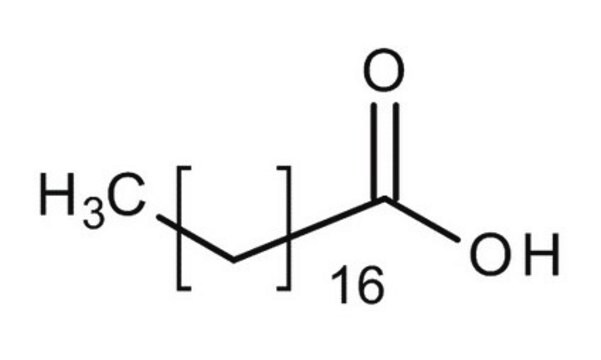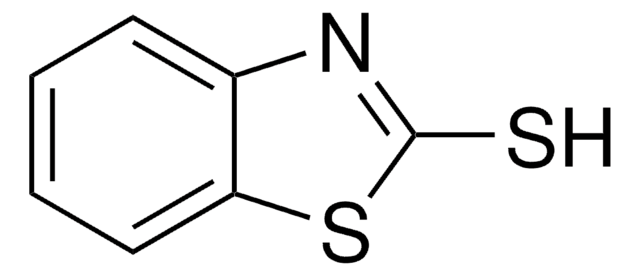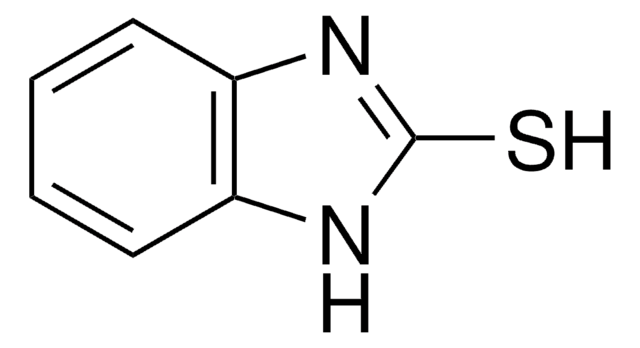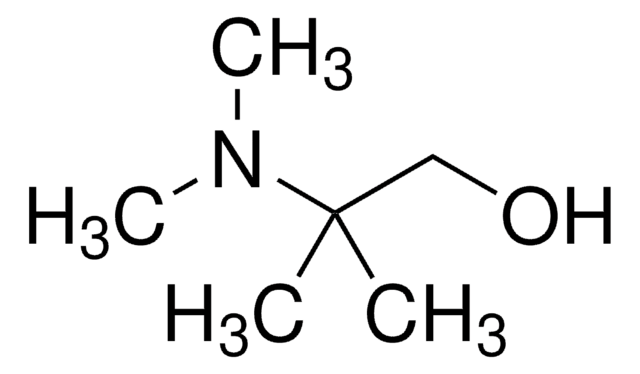175366
Acide stéarique
reagent grade, 95%
Synonyme(s) :
STA, 1-Heptadecanecarboxylic acid, C18:0, Cetylacetic acid, NSC 25956, NSC 261168, Octadecanoic acid, Stearophanic acid
About This Item
Produits recommandés
Qualité
reagent grade
Niveau de qualité
Pression de vapeur
1 mmHg ( 173.7 °C)
Essai
95%
Forme
powder or flakes
pb
361 °C (lit.)
Pf
67-72 °C (lit.)
Groupe fonctionnel
carboxylic acid
Chaîne SMILES
CCCCCCCCCCCCCCCCCC(O)=O
InChI
1S/C18H36O2/c1-2-3-4-5-6-7-8-9-10-11-12-13-14-15-16-17-18(19)20/h2-17H2,1H3,(H,19,20)
Clé InChI
QIQXTHQIDYTFRH-UHFFFAOYSA-N
Vous recherchez des produits similaires ? Visite Guide de comparaison des produits
Catégories apparentées
Description générale
Conversion of SA with >98% selectivity to deoxygenated C17 products by employing carbon supported palladium catalyst has been reported. It is a promising phase change material (PCM) due to its non-toxicity and convenient melting temperature. Also, it exhibits almost negligible supercooling while undergoing phase change.
Application
Code de la classe de stockage
11 - Combustible Solids
Classe de danger pour l'eau (WGK)
nwg
Point d'éclair (°F)
392.0 °F - Cleveland open cup
Point d'éclair (°C)
200 °C - Cleveland open cup
Équipement de protection individuelle
dust mask type N95 (US), Eyeshields, Gloves
Faites votre choix parmi les versions les plus récentes :
Déjà en possession de ce produit ?
Retrouvez la documentation relative aux produits que vous avez récemment achetés dans la Bibliothèque de documents.
Les clients ont également consulté
Notre équipe de scientifiques dispose d'une expérience dans tous les secteurs de la recherche, notamment en sciences de la vie, science des matériaux, synthèse chimique, chromatographie, analyse et dans de nombreux autres domaines..
Contacter notre Service technique






